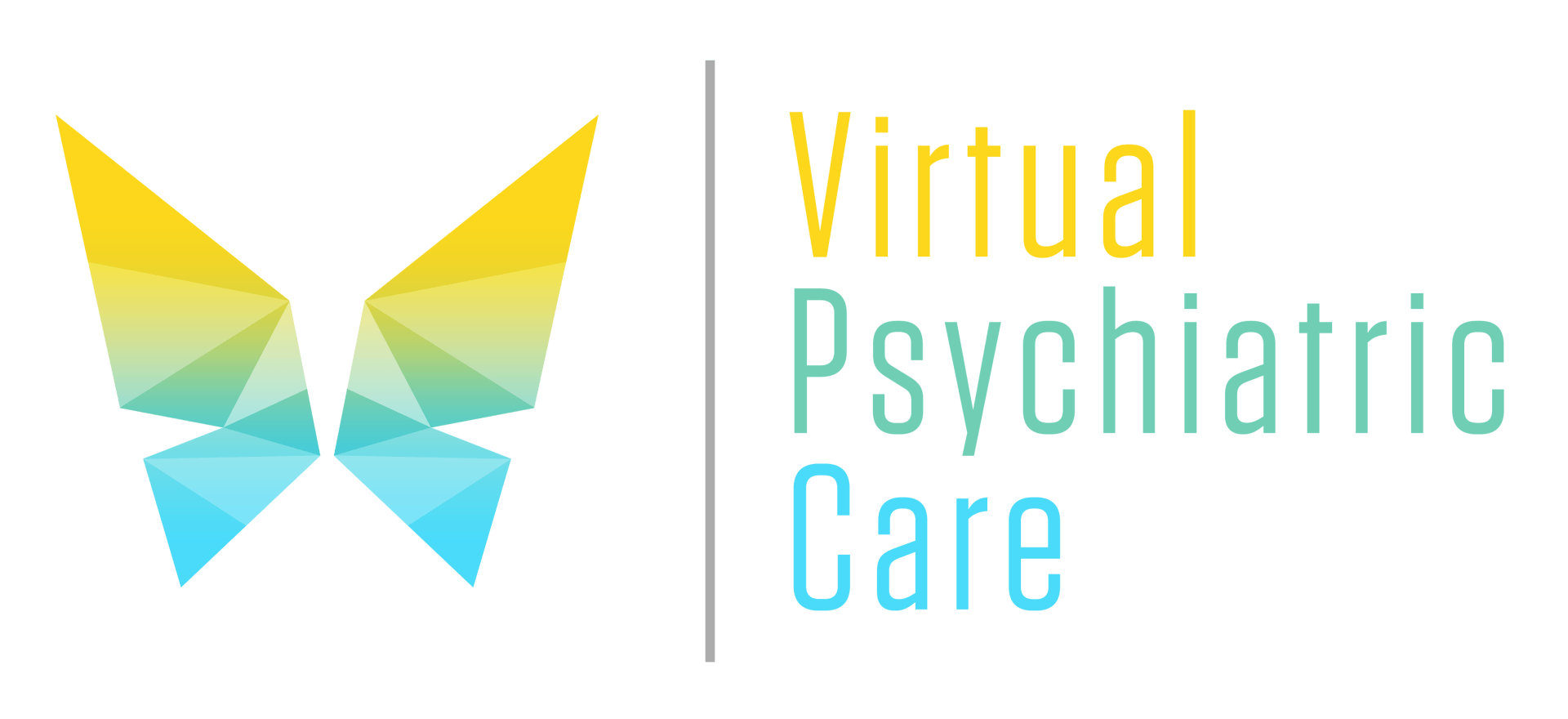New Patients Welcome | Virtual chat for free with a provider prior to booking
Click here to schedule an appointment
Understanding the Five F’s of Trauma: Fight, Flight, Freeze, Fawn, and Flop
Understanding the Five F’s of Trauma: Fight, Flight, Freeze, Fawn, and Flop

Trauma is an intricate web of experiences that can leave lasting marks on our minds and bodies. Understanding how we respond to trauma is essential for healing and growth. Many people are familiar with the common fight-or-flight responses, but there’s much more to the story. The human brain has developed a range of reactions when faced with stress or danger, each serving as a survival mechanism in its own right.
In this exploration, we'll delve into five distinct responses: Fight, Flight, Freeze, Fawn, and Flop. Each response offers valuable insight into how individuals cope with traumatic events. Recognizing these patterns can empower both survivors and those who support them. So let’s unpack these responses together and shed light on their significance in our lives!
The Fight Response: What It Means and How to Recognize It
The fight response is an instinctual reaction to perceived threats. It triggers a surge of adrenaline, preparing the body for confrontation. This can manifest in various ways, both physically and emotionally.
You might notice increased heart rate or tension in your muscles. Anger and frustration often emerge as emotions bubble to the surface. These feelings are natural when faced with danger.
Recognizing this response in yourself or others can be crucial. A person may become aggressive or overly defensive during stressful situations. They may also exhibit confrontational behavior that seems out of character.
Understanding this reaction helps create empathy towards trauma survivors. By acknowledging their feelings, we foster healthier conversations about coping mechanisms and healing strategies.
Understanding the Flight Response and Its Impact on Trauma Survivors
The flight response is a common reaction to trauma. When faced with danger, many people instinctively seek to escape the situation. This instinct can manifest in various ways, from physically leaving an environment to emotionally detaching from distressing memories.
For trauma survivors, this response often leads to avoidance behaviors. They might steer clear of places or situations that remind them of their traumatic experiences. While this can provide temporary relief, it also limits their ability to heal and engage fully with life.
Moreover, the impact extends beyond immediate reactions. Those who frequently resort to fleeing may struggle with anxiety and feelings of inadequacy over time. Relationships can suffer as they withdraw or push others away due to fear of vulnerability.
Understanding this behavior is crucial for both survivors and those supporting them. Acknowledging the flight response opens pathways for healing and growth on a deeper level.
The Freeze Response: Why Some People Shut Down in Traumatic Situations
The freeze response often emerges during moments of extreme stress. It’s a natural instinct for many individuals facing trauma. When overwhelmed, the body may choose to immobilize rather than react.
During this state, people might feel numb or detached from their surroundings. Thoughts can become foggy, making it difficult to think clearly or make decisions. This is not weakness; it's an adaptive survival mechanism.
For some, shutting down feels like the only option when faced with danger. The brain prioritizes safety over engagement, leading to a temporary withdrawal from reality.
While outsiders may see it as avoidance, those experiencing it are simply trying to cope in the moment. It's important to recognize that this reaction is valid and understandable within the context of trauma's impact on mental health.
Fawning as a Survival Mechanism: How People May React to Trauma by Pleasing Others
Fawning is an often-overlooked response to trauma. It manifests as a way for individuals to cope with overwhelming fear or stress by seeking approval and acceptance from others.
In these moments, people may prioritize the needs of those around them over their own. This behavior stems from a deep-rooted instinct to avoid conflict and create safety through appeasement.
Victims might find themselves going above and beyond to please, even at the expense of their well-being. They may feel that gaining favor will shield them from further harm or rejection.
While fawning can provide temporary relief, it complicates emotional health. Those who constantly seek validation risk losing touch with their true selves and desires.
Recognizing this pattern is crucial for healing. Understanding that it's okay not to please everyone opens up pathways toward self-acceptance and genuine connections.
The Flop Response: A Lesser-Known but Equally Valid Reaction to Trauma
The flop response is an often overlooked reaction to trauma. When faced with overwhelming stress, some individuals may feel paralyzed, unable to take any action. This shutdown can manifest physically and emotionally.
In moments of crisis, while others might fight or flee, those who experience the flop response simply collapse. They may find themselves zoning out or becoming unresponsive. It’s not a sign of weakness; instead, it reflects the body’s instinctive effort to protect itself.
This state can be disorienting for both the individual and observers. Friends and family might misinterpret this behavior as indifference or lack of willpower. However, understanding that this response is part of trauma's complex landscape fosters compassion rather than judgment.
Recognizing the flop response allows survivors to validate their experiences. It's essential for healing that all reactions are acknowledged without stigma attached.
Final Thoughts
Understanding the five F's of trauma can provide valuable insight into how individuals respond to overwhelming situations. Each response—fight, flight, freeze, fawn, and flop—serves a purpose rooted in survival.
Recognizing these responses in ourselves or others can foster compassion and understanding. It’s essential to remember that everyone experiences trauma differently. What may seem like an overreaction or withdrawal could be a legitimate attempt to cope with deep-seated pain.
Acknowledging these responses is crucial for healing. By embracing our reactions without judgment, we can begin the journey towards recovery and personal growth. Trauma does not define us; rather, it shapes our understanding of resilience and connection. Exploring these dynamics opens up pathways for empathy, support, and meaningful conversation about mental health.
As we learn more about how trauma affects behavior, we become better equipped to navigate our own experiences and those of others around us. Understanding the complex interplay of these five responses helps normalize varied reactions people have under stress while paving the way toward deeper healing conversations in our communities.





CONTACT
Call:
786-761-1155
Email:
Support@VirtualPsychiatricCare.com
1900 N Bayshore Drive, Ste 1A
Miami , Florida 33132
All Rights Reserved | Virtual Psychiatric Care | MiamiPsych Concierge, LLC | Site Design by The Infinity Group | Accessibility Statement | Terms of Use | Privacy Policy






